AI and Data Are Now Forefront of Agriculture
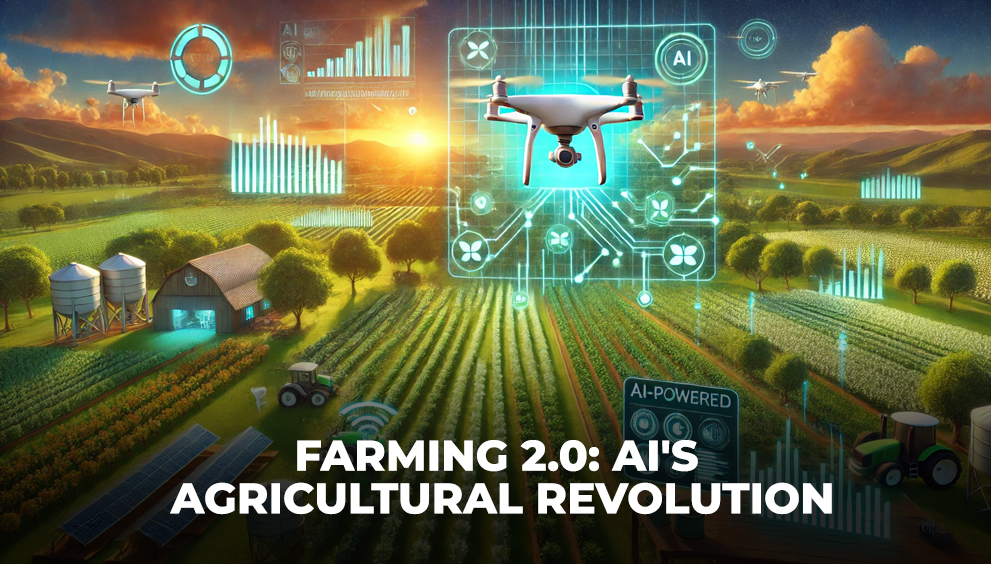
AI as the New Frontier
Imagine, if you will, a future where farms are no longer reliant on traditional methods that have remained unchanged for generations. Instead, we are stepping into an age where artificial intelligence (AI) leads the charge, transforming agriculture into a high-tech, highly efficient industry. At the heart of this transformation is AI-driven precision farming, where vast amounts of data are converted into actionable insights, ensuring that every decision made in the field is data-backed and precise.
A New Approach to Agricultural Practices
Historically, farming has been a hands-on industry where intuition and experience shaped decision-making. However, the introduction of AI has begun to shift this paradigm. Far from replacing the farmer, AI becomes a strategic partner, offering a level of insight and precision previously unattainable. Take, for instance, the practice of predicting crop yields. Rather than relying on rough estimates or historical patterns, AI systems now gather real-time data from sensors, satellite imagery, and weather forecasts to offer far more accurate predictions, allowing farmers to plan ahead with greater confidence.
This level of precision is equally valuable in resource management. Irrigation, for example, is no longer based on a set schedule or guesswork. Instead, AI can analyze soil moisture levels, weather conditions, and crop water needs, optimizing water usage. The result is not only more efficient water management but also a significant reduction in waste, which is becoming an increasingly critical concern given the global emphasis on sustainability.
Understanding the Bigger Picture: AI’s Role in Sustainable Farming
While the immediate impact of AI may seem rooted in increased productivity, its long-term potential lies in driving sustainability across the industry. By optimizing resource use—be it water, fertilizer, or pesticides—AI can help mitigate the environmental strain that farming often places on the land. For example, through continuous monitoring and real-time feedback, AI can adjust pesticide application to ensure it is only used when absolutely necessary, minimizing excess and protecting local ecosystems.
The integration of AI also enables a more nuanced understanding of soil health and crop vitality. Through continuous data collection, farmers can identify patterns and trends that are invisible to the naked eye. This granular understanding allows for more informed decisions about crop rotation, soil treatment, and fertilization, ultimately promoting healthier soil, improved biodiversity, and greater yields over time.
Revolutionizing Farm Management Through Data
The true power of AI in agriculture lies in its ability to process vast amounts of data, transforming it into practical knowledge. Imagine managing thousands of acres of farmland without being physically present at every location. AI-enabled platforms are capable of monitoring crop health, tracking environmental conditions, and even predicting pest outbreaks—all in real time. This not only saves time but also ensures that intervention happens at the right moment, maximizing the impact of any action taken.
Real-time analytics also support more efficient planning and forecasting. By processing historical data, weather patterns, and current conditions, AI systems can help farm managers optimize planting schedules, harvest timings, and labor management. This level of foresight and planning could have a transformative impact on food production, particularly in the face of climate uncertainty and growing global demand for agricultural products.
The AI-Powered Agricultural Revolution
Now, consider the scale of this transformation. Traditional agriculture, often characterized by manual labor, intuition-based decisions, and resource inefficiency, is gradually giving way to a new era—one that is powered by artificial intelligence. AI does not merely support existing agricultural practices; it redefines them. What was once a process filled with uncertainties, guesswork, and inefficiencies is now a data-driven, highly optimized practice that can respond to the changing needs of the market, the environment, and society at large.
In this evolving landscape, farmers are no longer isolated in their fields, struggling to make sense of a complex, unpredictable system. Instead, they are empowered with tools that allow them to make precise decisions, to forecast outcomes with unprecedented accuracy, and to manage vast areas of farmland with ease. The integration of AI in farming does not just promise efficiency; it ensures that farming practices remain viable in a future where sustainability is not optional, but essential.
Looking Ahead: The Future of AI in Agriculture
The trajectory of agriculture is unmistakable. The future of farms is not one where technology replaces human intuition and effort; it is one where technology amplifies these qualities, enabling farmers to do more with less. As AI continues to evolve, it will unlock new levels of precision, sustainability, and efficiency, offering solutions to some of agriculture’s most pressing challenges.
For farm managers and agricultural innovators, the question is no longer if AI will become part of farming’s future, but when. The tools to manage resources effectively, optimize yields, and make sustainable decisions are available now, and as AI evolves, these tools will only become more powerful. The revolution is not coming—it is already here. It is time to embrace the future of farming, where data, precision, and sustainability meet to create a new era of agricultural excellence.

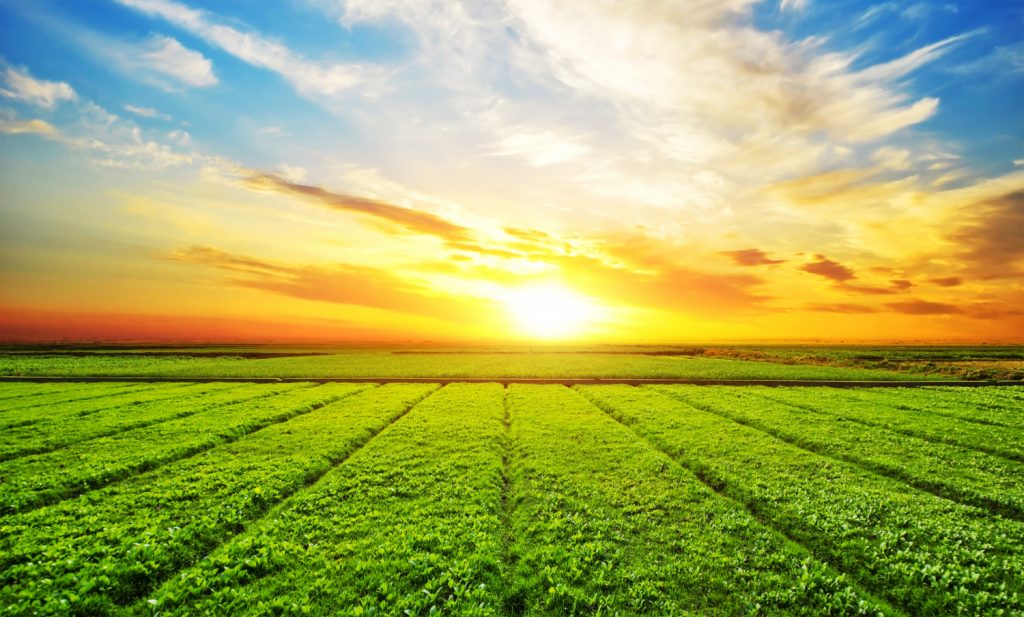
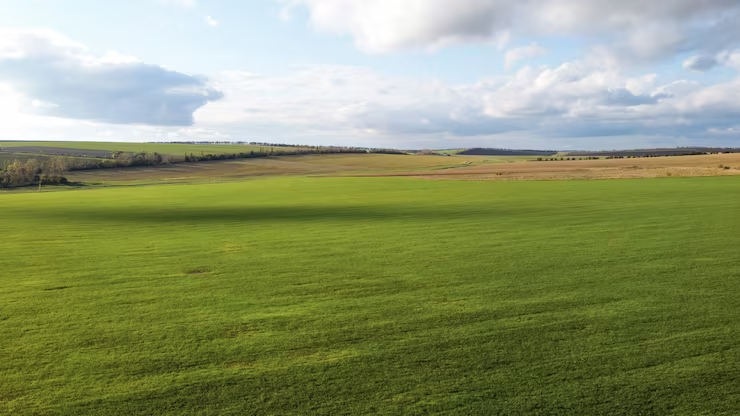
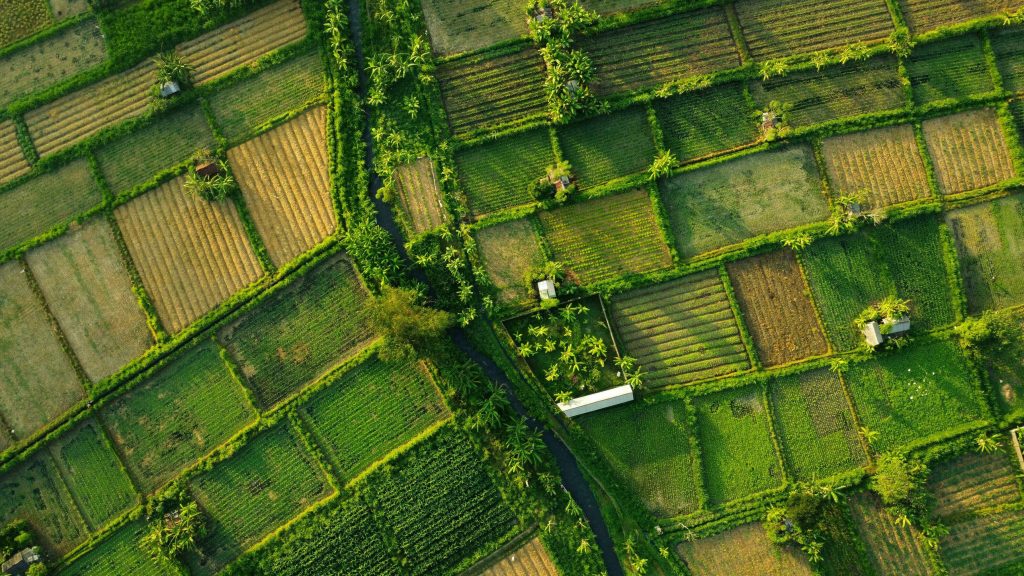
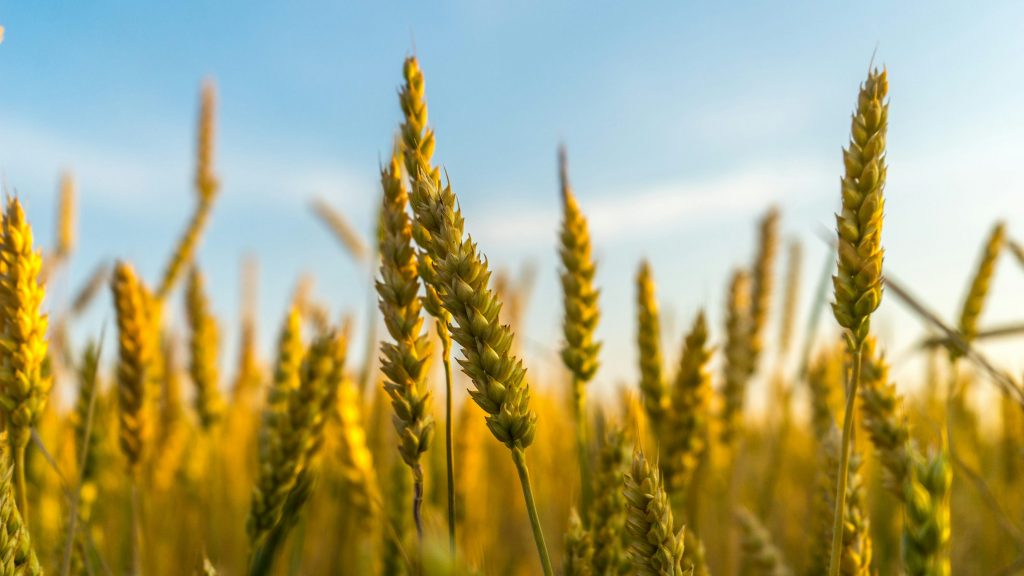
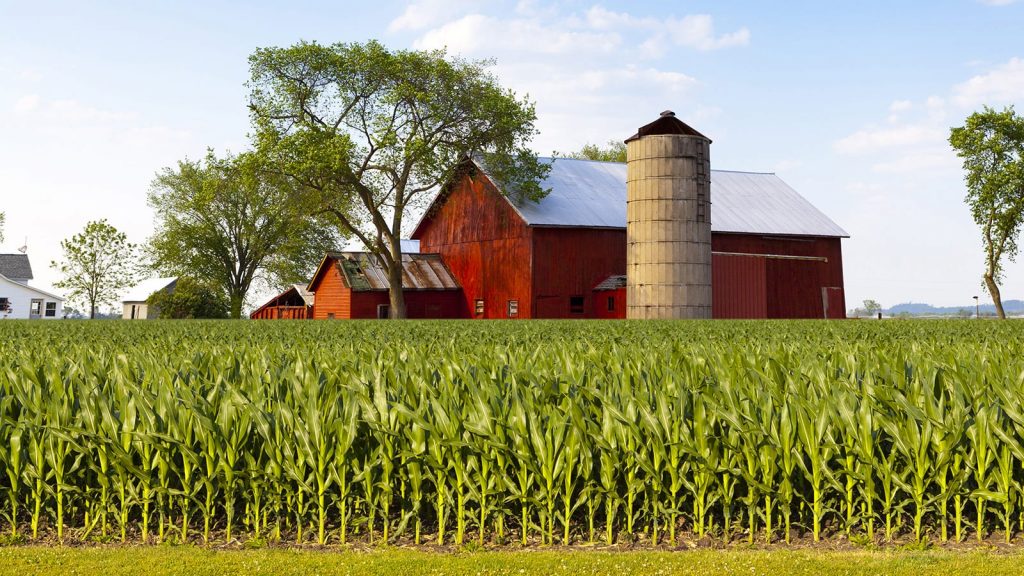
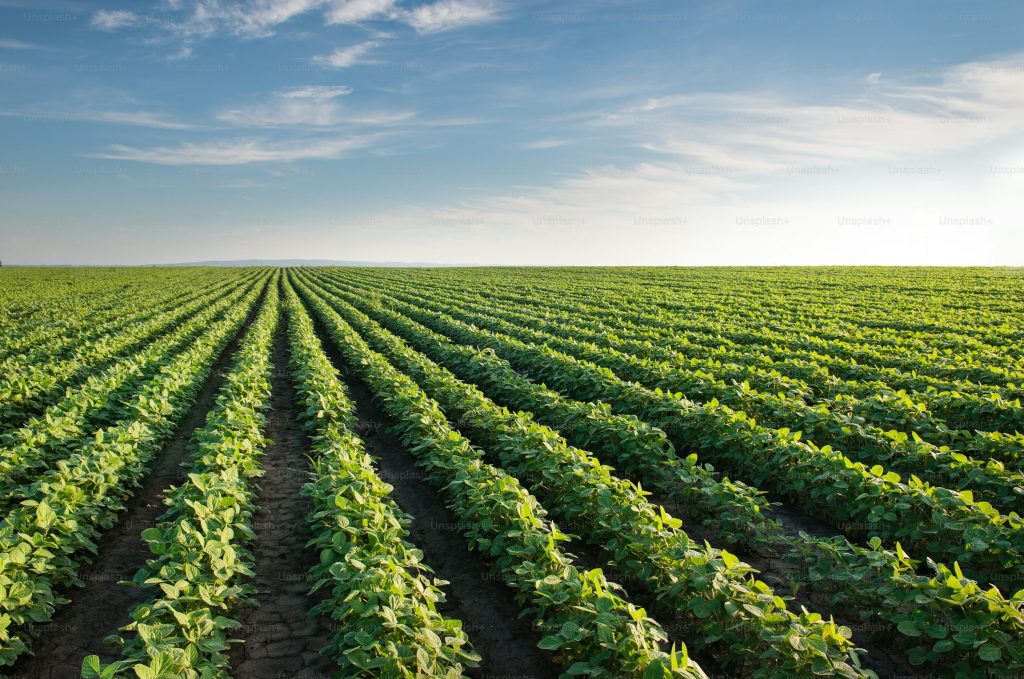


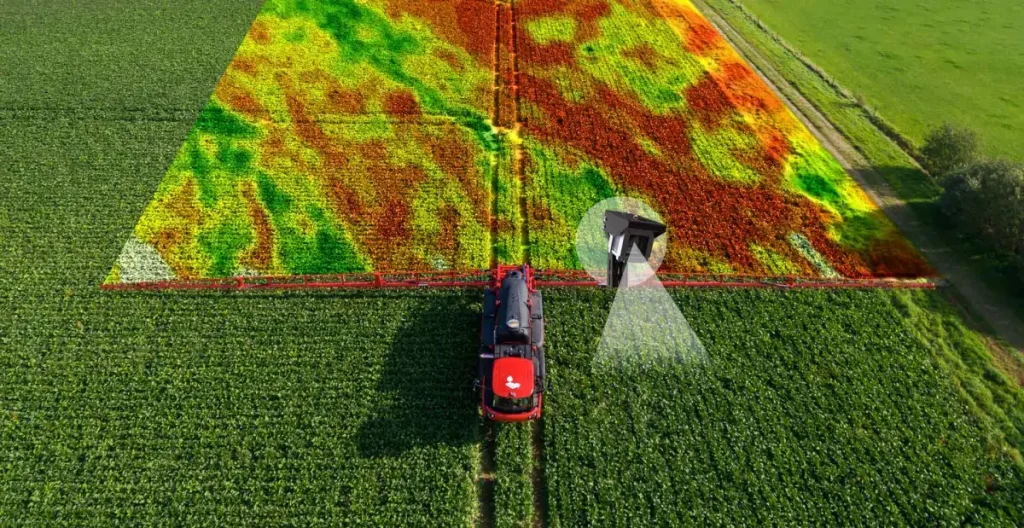
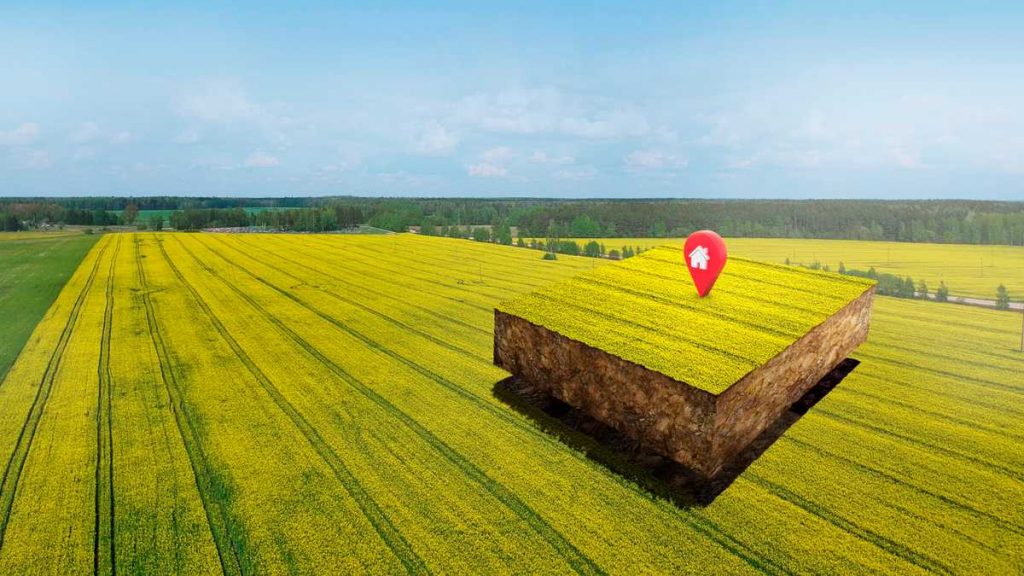
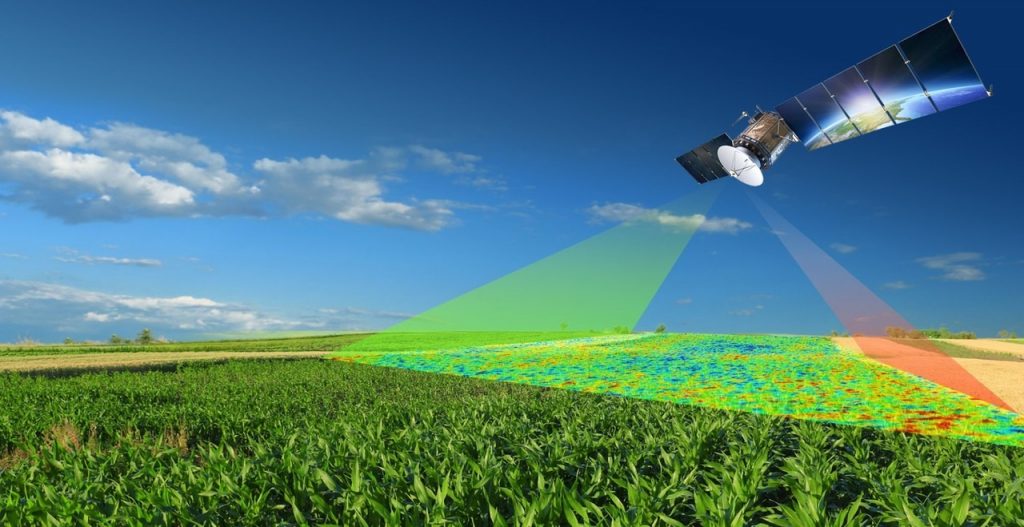
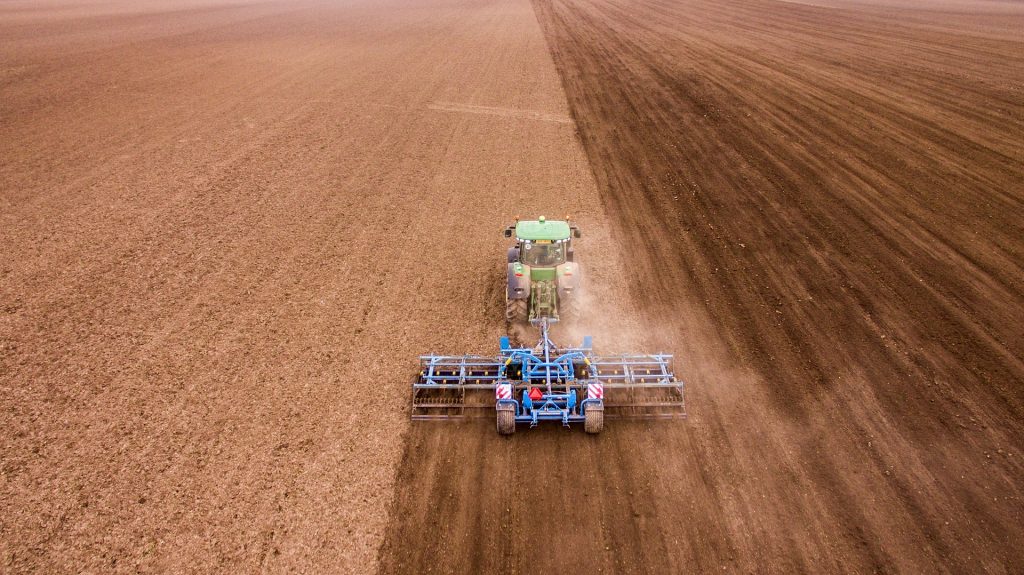
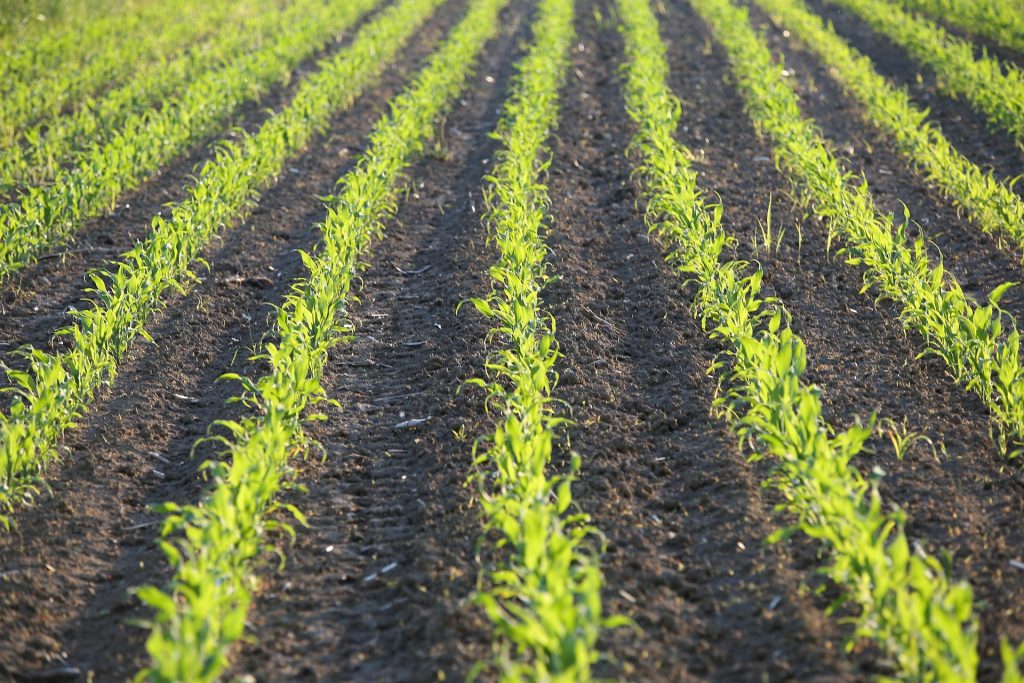
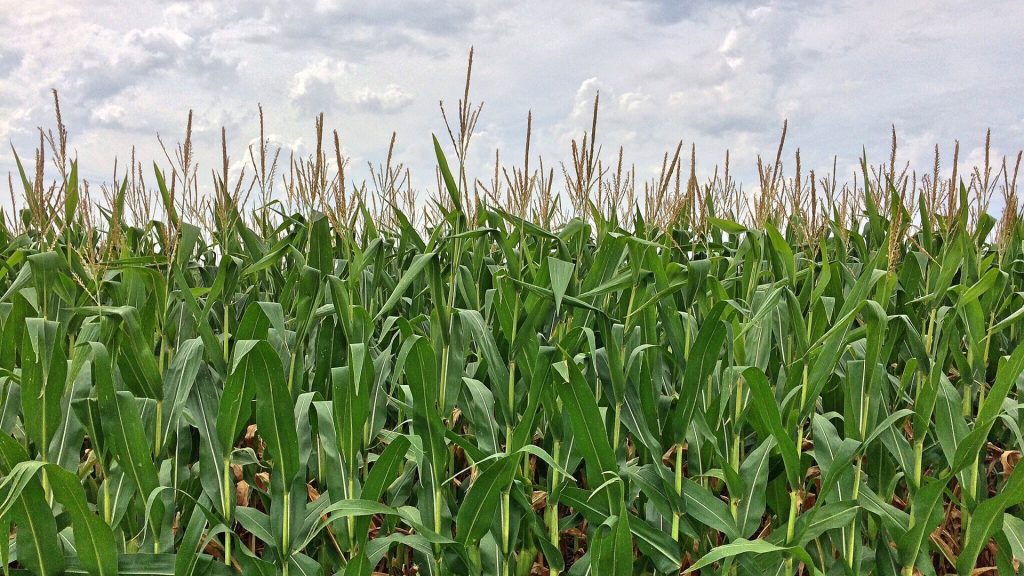
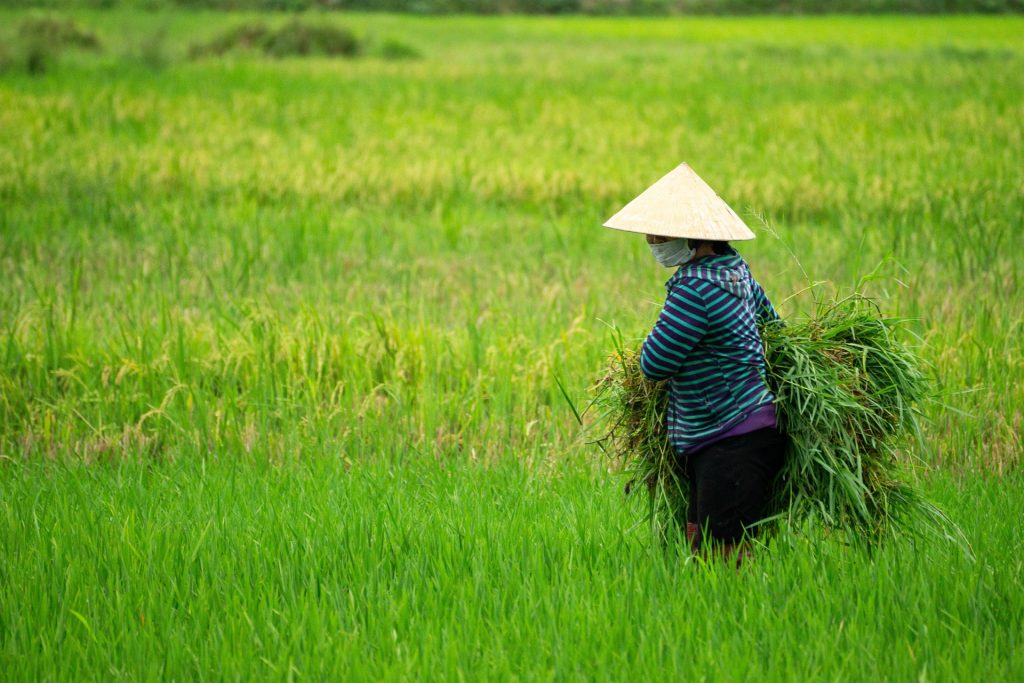

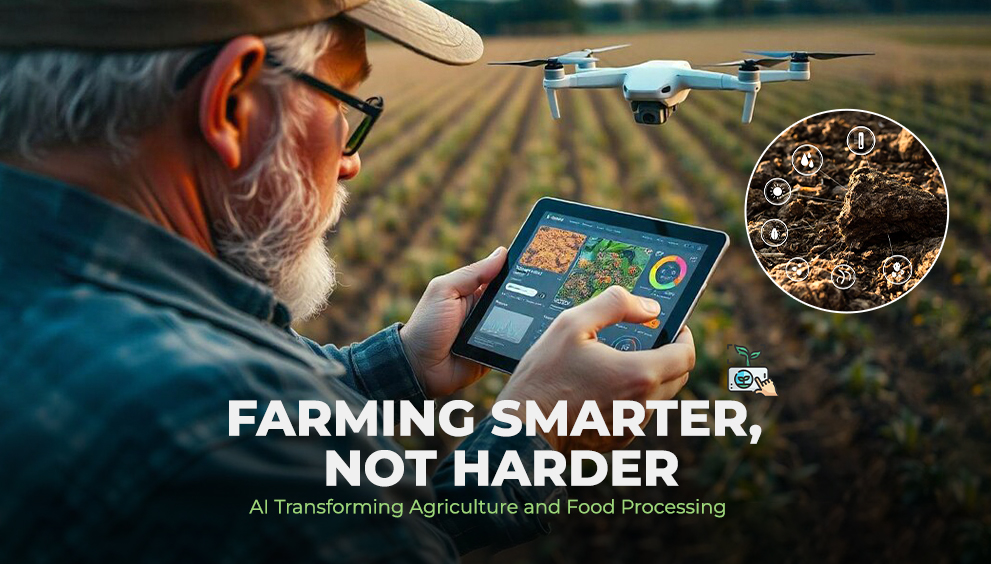
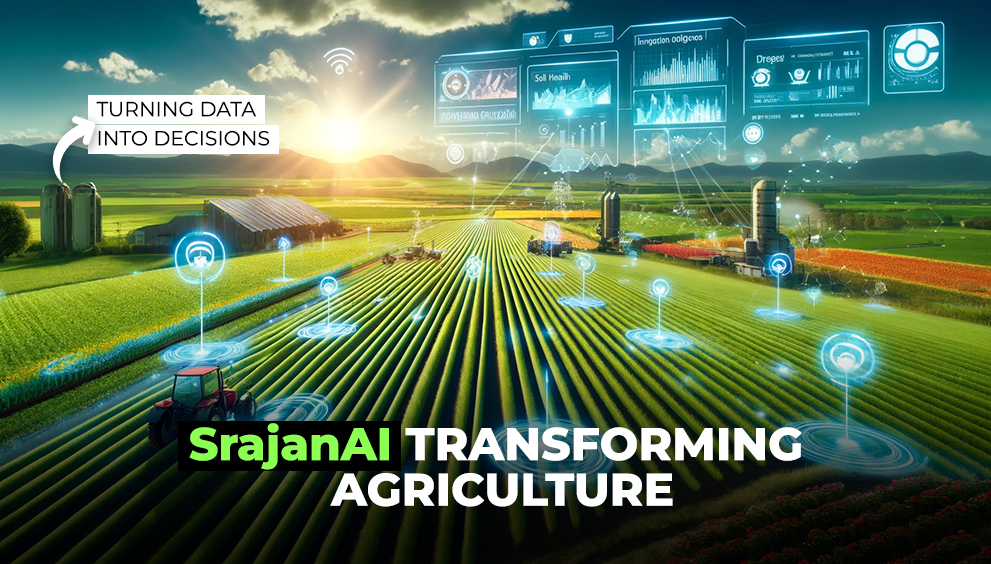
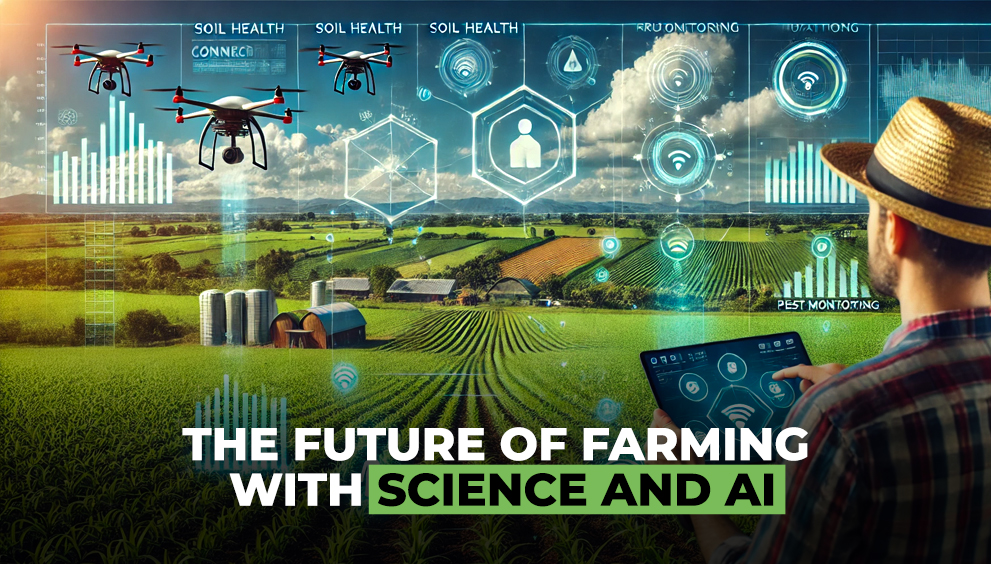
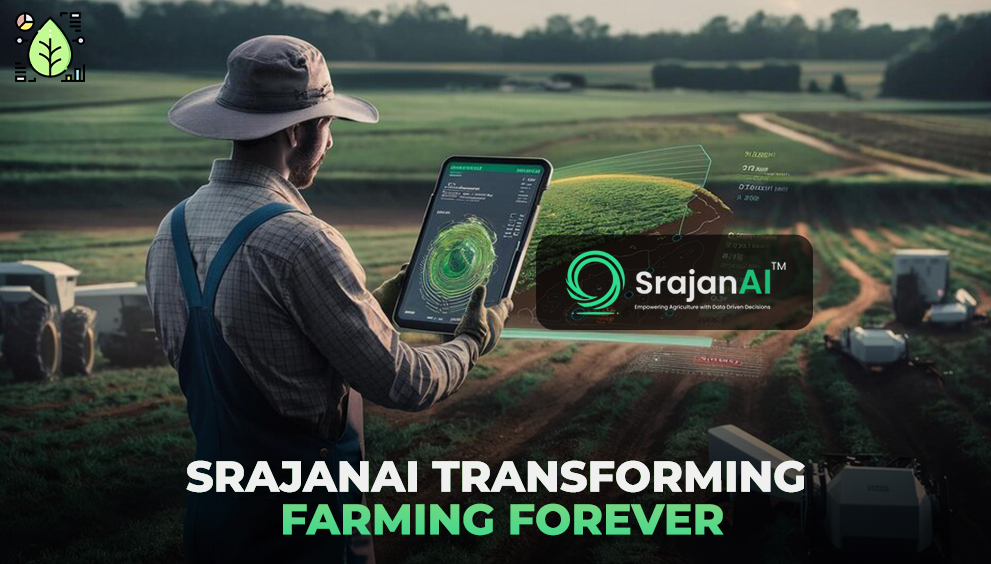
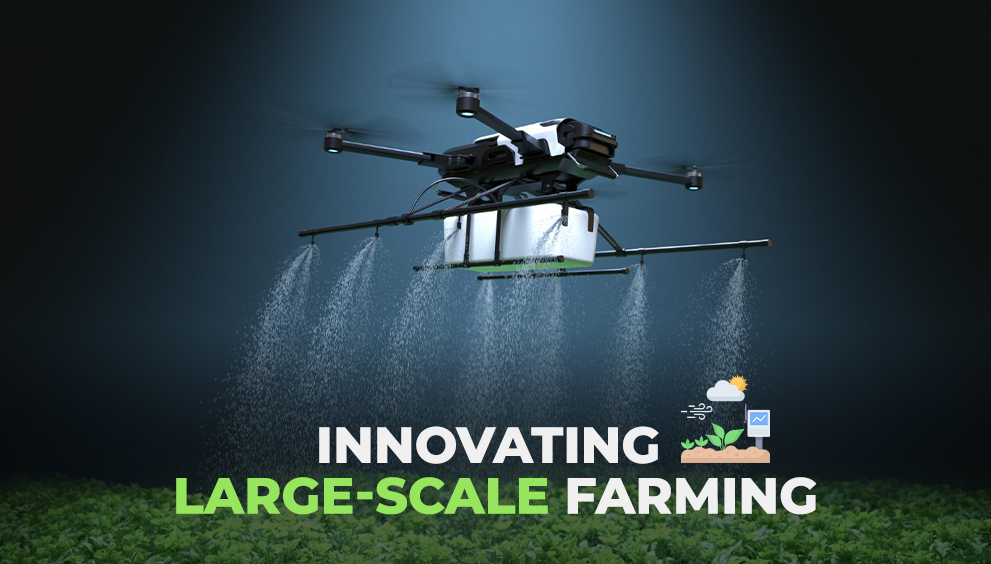
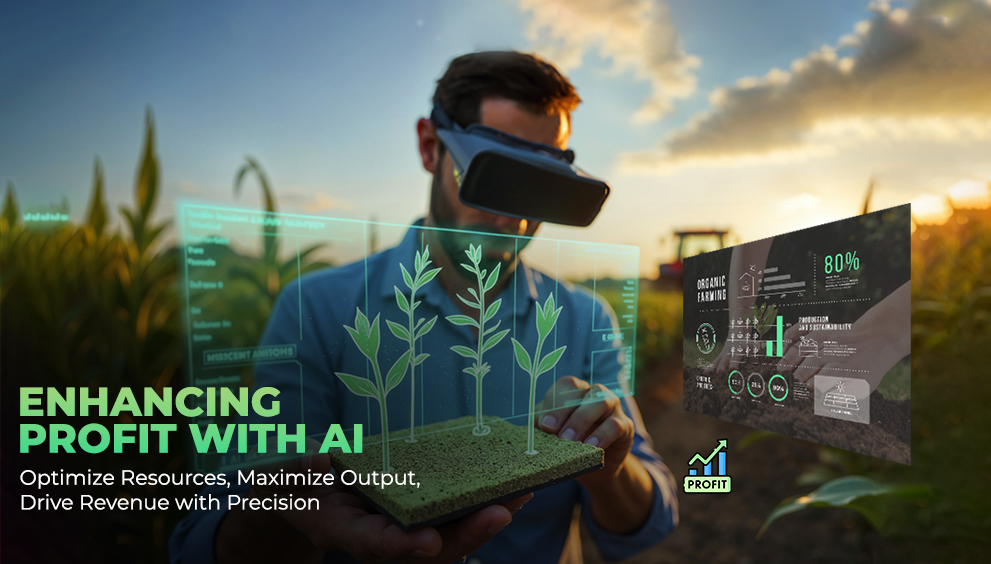
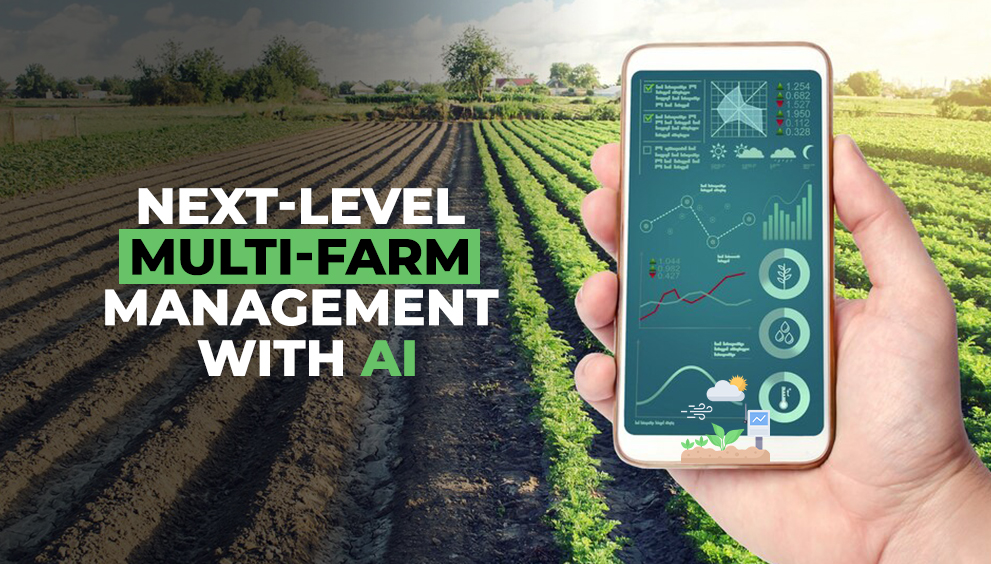

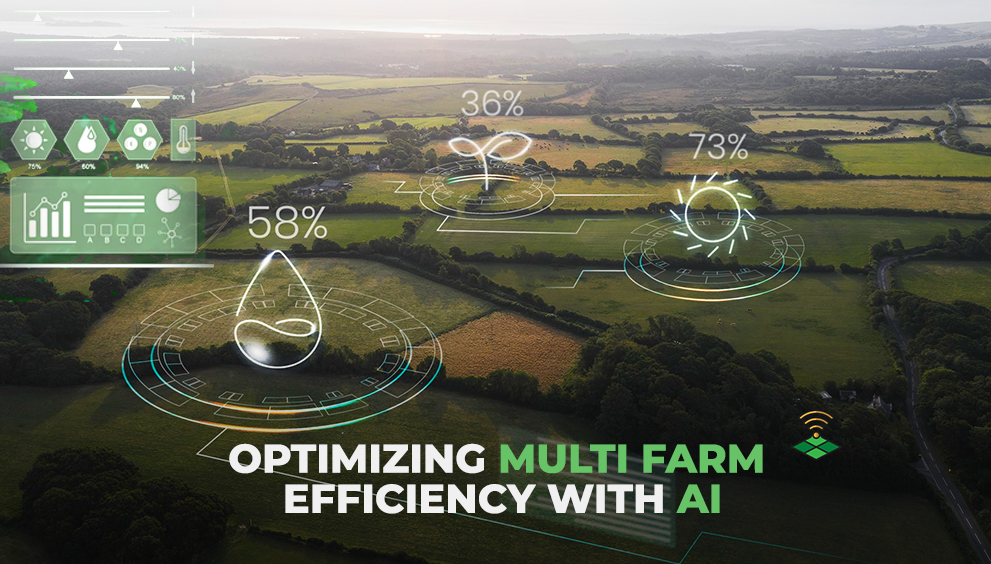
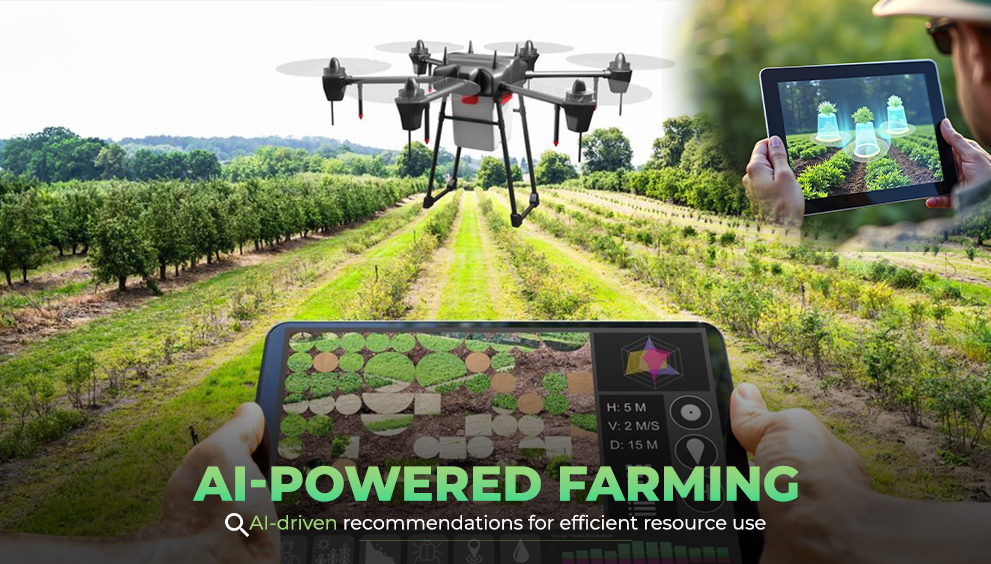
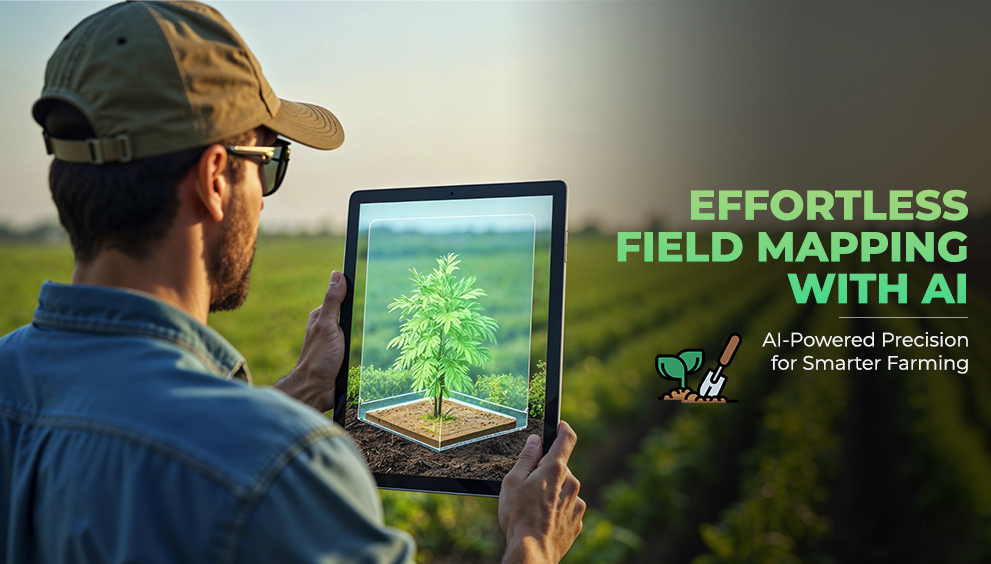
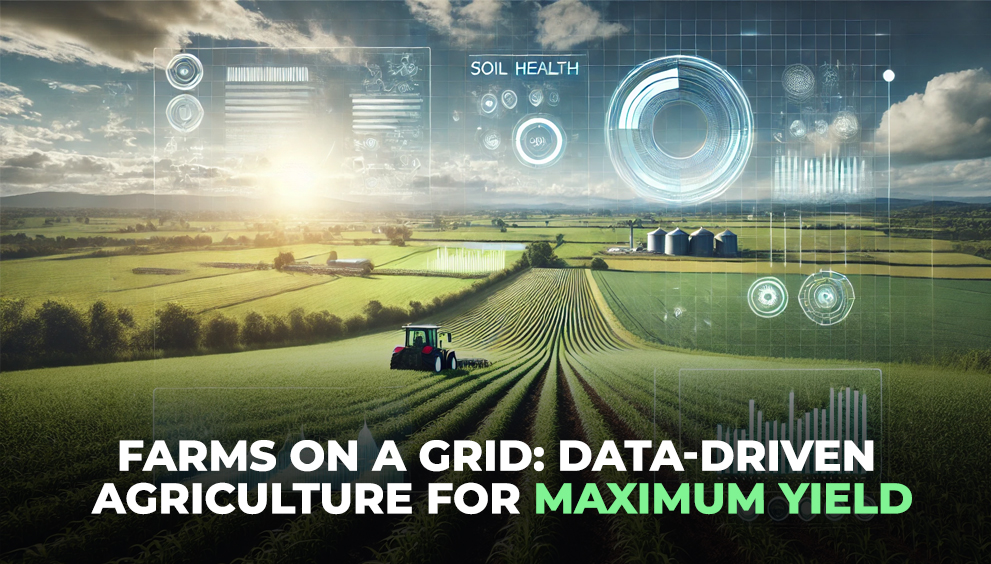
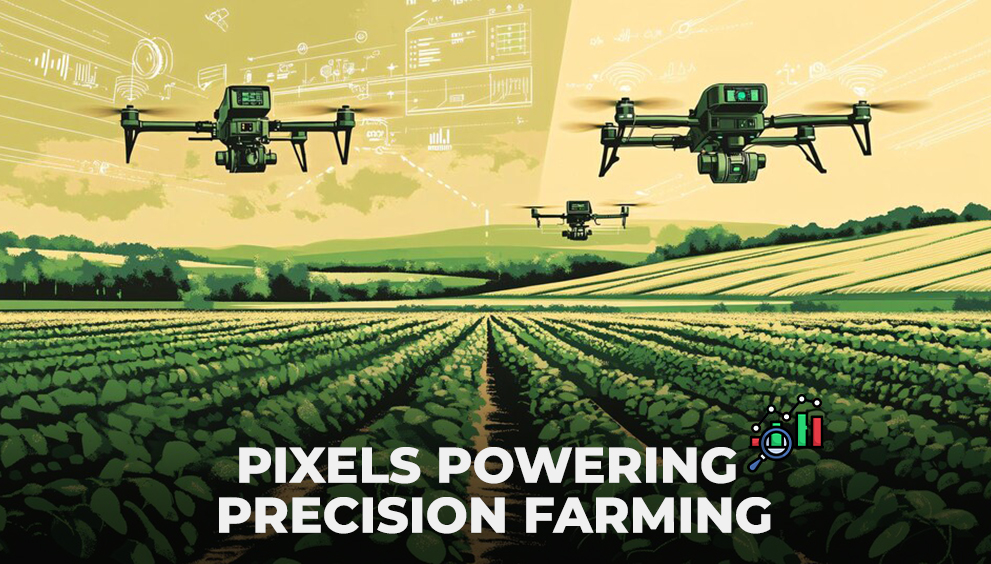
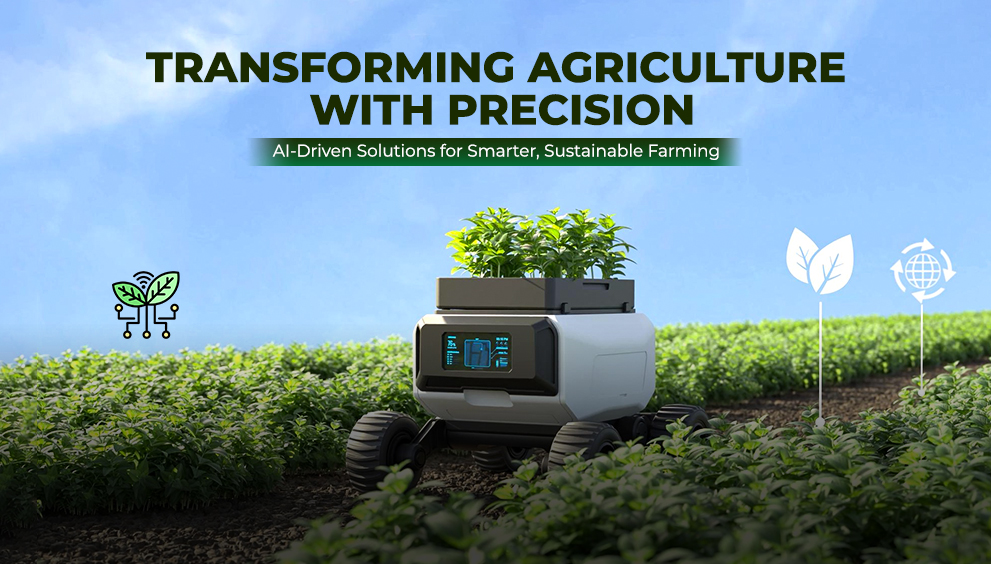
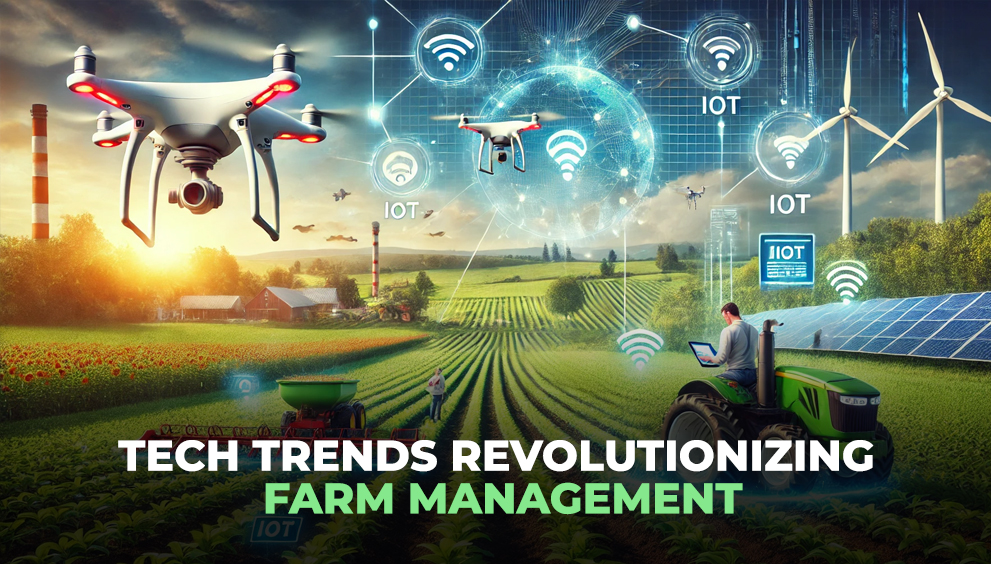
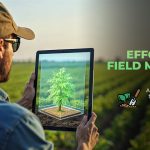
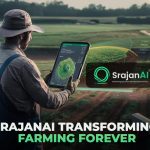
goalotterygame
10th Nov 2025Okay, took a punt on goalotterygame. The interface is slick, and the odds seem… well, like lottery odds haha. Easy to sign up and deposit, so I’ll give it a whirl. Wish me luck!